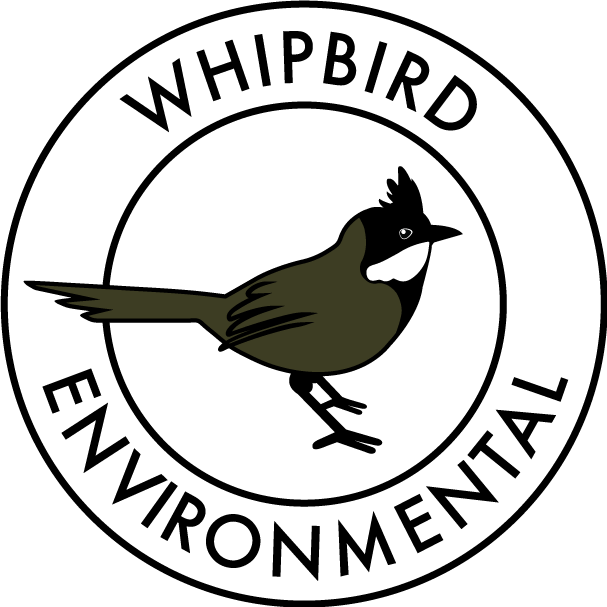Westringia fruiticosa (Coastal Rosemary) Australian Native Plant Profile
Description
Westringia fruticosa (Coastal Rosemary) is a hardy shrub to 1.5m with a dense growing habit and delicate white flowers. A commonly cultivated plant there are many different cultivars and some hybrids that are commonly available at nurseries. They are a fantastic plant for a formal or informal low hedge as they respond very well to pruning.
Growing Conditions
Westringia fruticosa grows on cliffs and headlands near the ocean as well as in sandy soils in coastal regions. Used to harsh growing conditions Coastal Rosemary are tough plants that can handle dry spells and can take full sun, part shade, salt spray. It does however struggle in heavy clay soils although it does well grown in a pot if you have clay soils.
Habitat Value
Coastal Rosemary is a fantastic plant to include in a habitat/wildlife centric garden or environmental work in coastal regions. A long flowering period means it provides an almost constant food source for insects and it’s dense habit is great for small birds, mammals and reptiles.
Uses
Environmentally speaking Westringia fruticosa is a fantastic species for revegetation work on coastal sites. I can withstand the saltspray and is relatively quick to establish providing good habitat value early in the revegetation project. It’s biggest drawback is that it is difficult to grow from seed so most plants that can be found are grown from cuttings which is not ideal for revegetation as there is the potential to have little to no genetic variation.
In the Garden Coastal Rosemary can be used in hedging; both formal and informal hedges suit this species. It also makes a wonderful shrub to fill gaps and provide good habitat value. It suits coastal gardens really well and looks fantastic planted alongside other coastal species such as Correa alba and Pelargonium australe.
Propagation
Hard to grow from seed but luckily strikes very well from cuttings. This makes it a great garden plant but unfortunately impacts its suitability for environmental plantings. Although it is often used in environmental plantings as cutting grown plants it would be excellent to find a reliable way to grow these plants from seed.
You may also like:
Leptospermum polygalifolium (Tantoon)
Brachyscome multifida (Cut-leaf daisy) | Plant Profile
Further Reading:
https://finder.growingillawarranatives.org/plants/plant/523
https://plantnet.rbgsyd.nsw.gov.au/cgi-bin/NSWfl.pl?page=nswfl&lvl=sp&name=Westringia~fruticosa
https://www.anbg.gov.au/gnp/gnp1/westringia-fruticosa.html#:~:text=Westringia%20fruticosa%20(Willd.),Druce&text=It%20is%20an%20easily%20grown,flowers%20dot%20the%20shapely%20plants.

